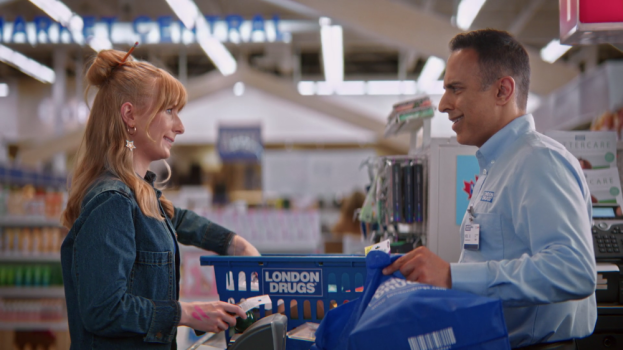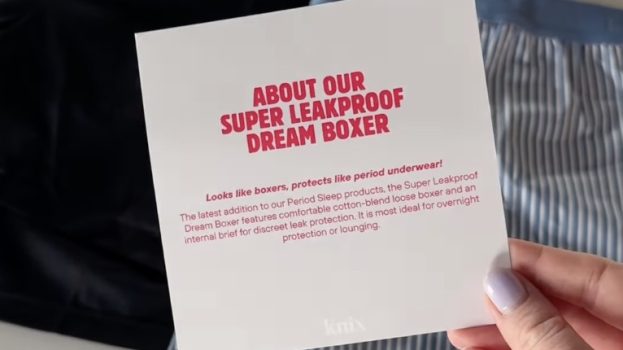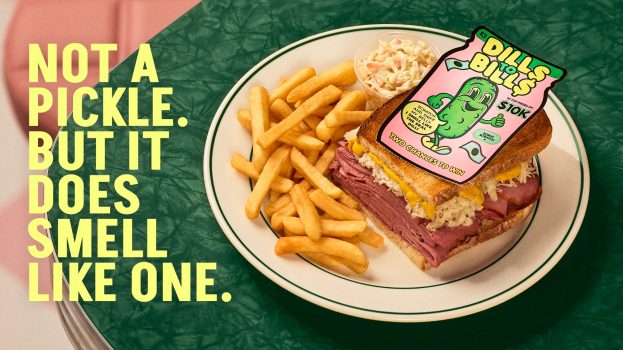This article appears in the Summer 2016 issue of strategy.
Over the past few years several new sleep-related startups, wearables and apps have hit the market.
France-based Rhythm, for example, created the Dreem Headband, which measures brain activity to give users data on how they’re sleeping. Then there’s Kokoon and its headphones, which sense when a user has gone to sleep before pairing with an app to help improve sleep quality (while also providing sounds to nod off to).
Our culture is in the midst of a “sleep deprivation crisis,” argued Arianna Huffington, a long-time champion of work/life balance, in her new book The Sleep Revolution.
Millennials, in particular, see sleep as a health priority partly because of their desire not to fall into the trap of previous generations and to prioritize life a little differently (including wanting things like more flexible work hours), says Johanna Faigelman, CEO and founding partner at Human Branding.
But it’s not just millennials who are sleep-hungry. Co-founder and CEO Michael Gettis of Canadian mattress brand Endy Sleep (which delivers its compressed mattresses to customers via bicycle) says that his startup has a customer base that varies in demographics, with many consumers (not just health-conscious 18- to 34-year-olds) now understanding the importance of proper rest.
For him, the trend boils down to a wider range of consumers paying attention to mind and body wellness altogether – from eating better to doing yoga – and having a good night’s sleep is part of that.
Mattress brand Casper is promoting the importance of a good mattress (and regular rest, even during work hours, which Huffington also endorses) to the masses with its marketing. The NYC-based company has worked on ingratiating itself with the startup community and busy downtowners in several cities. Earlier this year, it launched a nap room contest where Canadian offices could enter to win their own workplace snooze centre, and in June, it hosted a “nap tour” (with a four pod “napmobile”) across several major cities in North America, demo-ing its product.
The trend is even being tapped into by brands not typically associated with sleep. Night owls and insomniacs occupying their time on YouTube may have been surprised to come across a soothing farmer sitting in a dim room, reading them a bedtime story.
The pre-roll ad, targeting late-night internet users, was from the Dairy Farmers of Canada, part of a larger summer campaign called “Project Sleep,” aimed at educating Canadians on the importance of getting a good night’s rest.
The campaign was not only purposely light on the lactose, but also on the Dairy Farmers branding. “You will not see a glass of milk in the campaign,” says Victoria Cruz, marketing and retail director at the DFC.
The organization wanted to champion a health cause without directly relating it to milk consumption. Working with its agency DDB Canada, the team arrived at sleep (and Canadians’ lack of it) as the right fit, especially given that farmers themselves work hard during the day and get to bed early, says Tony Johnstone, chief brand officer at DDB Canada.
The team researched Canadians’ sleep habits and Dairy Farmers has been offering tips for better rest on its “Project Sleep” microsite ever since.
“There are some sectors of society for which lack of sleep is almost like a badge of courage,” Johnstone says. “It’s almost a bragging right.”
However, Faigelman says that rather than giving up sleep and feeling proud of being so busy (as previous generations may have been), people are embracing the notion of not only getting a good night’s rest, but doing it in new (and even trackable) ways.
























